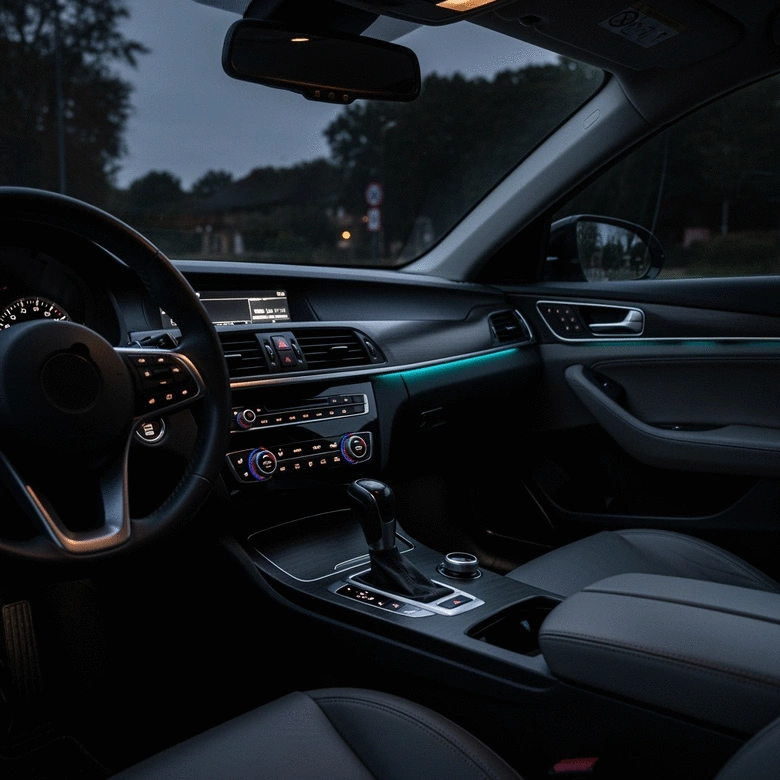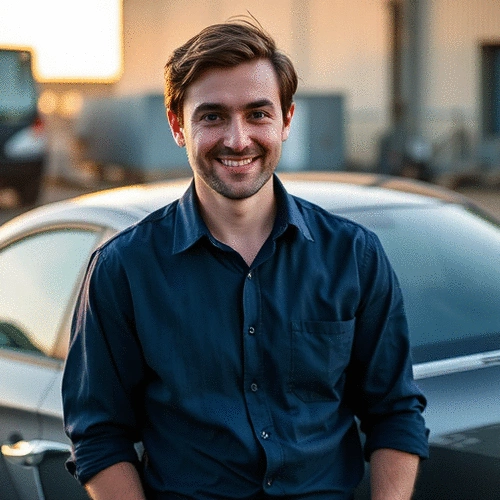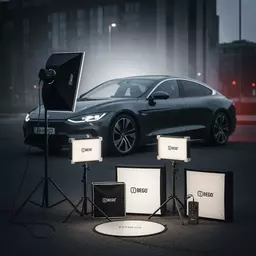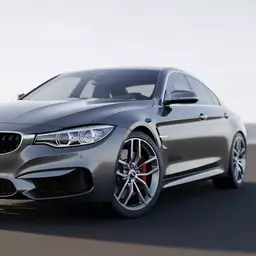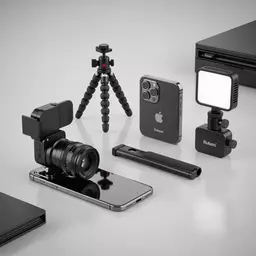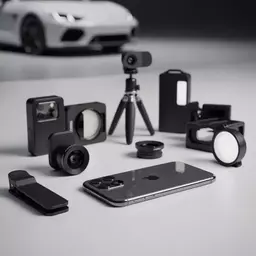Improving Car Lighting for Photos
What if your next car photo could capture the magic of twilight, turning a simple shot into a stunning visual story? Mastering night car photography can transform your skills and elevate your images. Let’s unravel the essential insights that can help you achieve breathtaking results!
What You Will Learn
- Identify and mitigate common challenges in night car photography, such as glare, underexposure, and overexposure.
- Leverage proper lighting techniques to enhance both car interiors and headlights, showcasing intricate details.
- Utilize stabilizing equipment like tripods and remote triggers to capture clear and sharp images in low-light conditions.
- Experiment with mixing ambient and artificial light to achieve natural-looking shots that engage viewers.
Night Photography Challenges and Solutions
Understanding common challenges and effective techniques is key to mastering night car photography. This visual highlights the main issues and the essential gear to overcome them. For more insights on how to improve your mobile photography, check out our guide on mastering car photography with an iPhone.
Common Issues
- •Glare: Distracting reflections
- •Underexposure: Dark, shadowy images
- •Overexposure: Washed-out details
Essential Equipment
- •Tripods: Camera stability
- •Portable LED Lights: Brighten dark areas
- •Polarizing Filters: Reduce glare
- •Smartphone Stabilizers: Steady mobile shots
Key Techniques
- •Mix ambient & artificial light
- •Use remote triggers for sharpness
- •Incorporate interior car lighting
- •Experiment with angles & settings
Lighting Importance
- •Enhances details & quality
- •Highlights car design & features
- •Creates dynamic effects for headlights
- •Mixes ambient with built-in lights
Understanding Night Car Photography Challenges
When it comes to capturing stunning car photos at night, we often face unique challenges that can make or break our shots. Some of the common issues include glare, underexposure, and overexposure. These factors can turn what should be a beautiful moment into a frustrating experience. Let’s dive into each of these issues to understand how they impact our night car photography.
Glare is particularly notorious for ruining images, especially when light reflects off shiny car surfaces. Underexposure can leave your vehicle looking like a shadowy silhouette, while overexposure can wash out colors and details, making the car appear flat. Understanding these problems is the first step towards capturing those epic night shots!
Common Issues in Low-Light Conditions
- Glare: Reflections that distract from the main subject.
- Underexposure: Lack of light leading to dark images.
- Overexposure: Too much light causing loss of detail.
By recognizing these challenges, you can take steps to mitigate them. For instance, using polarizing filters can help reduce glare, creating a smoother look to your images. Additionally, taking the time to adjust your camera settings will allow you to find the perfect balance in low-light environments.
Importance of Proper Lighting for Car Interiors and Headlights
Lighting plays a crucial role in producing high-quality photographs of both car interiors and headlights. It’s not just about having enough light; it's about how we use it. Effective lighting can dramatically enhance the details and overall quality of your images. Well-lit interiors can highlight the car’s design, showcasing its unique angles and features.
For headlights, proper lighting can create striking effects that draw the viewer’s eye. Utilizing ambient light alongside the car's built-in headlights can create a dynamic look. This is why investing time in learning about lighting can greatly improve your photography skills and the final result of your shots. To further enhance your lighting techniques, explore our guide on light shaping for car photography.
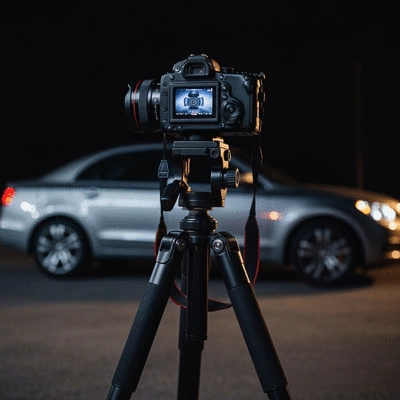
Essential Techniques for Photographing Car Interiors at Night
Creating Natural-Looking Ambient Light
To achieve natural-looking ambient light in your car interiors, it’s essential to mix artificial and natural lighting effectively. As a mobile photography enthusiast myself, I often use my phone’s flash in combination with the car’s internal lights to create a cozy yet vibrant atmosphere. This method brings out the textures and colors without overwhelming the viewer.
Try positioning your light source strategically; for example, bouncing light off a reflective surface can soften the shadows and create a more inviting scene. Making these adjustments will help you capture the elegance of your car’s interior!
Use of Equipment: Tripods and Remote Triggers
Stabilizing equipment, like tripods and remote triggers, can be game-changers for low-light photography. A tripod ensures that your camera remains steady, reducing blur from shaky hands. This is especially important at night when longer exposure times are often necessary to gather enough light.
Remote triggers allow you to take shots without touching your camera, further eliminating the risk of movement. Combining these tools can greatly enhance your nighttime photography experience, helping you achieve clear, sharp images.
Incorporating Interior Car Lighting for Enhanced Shots
Interior car lighting can dramatically improve your photography. Using ambient, footwell, and accent lights creates a layered look that adds depth to your images. For instance, consider using the car’s built-in ambient lighting to highlight specific features while adding extra portable lights for more dramatic effects.
Experimenting with these lights can lead to unique results, helping your photos stand out. Remember, it’s all about enhancing the natural beauty of your vehicle while creating a visually engaging narrative.
Pro Tip
Did you know? Experimenting with different light sources can drastically change the mood of your night car photos. Consider using colored gels or filters on your portable lights to create dramatic effects that highlight the unique features of your vehicle. This little adjustment can transform a standard shot into a vibrant masterpiece!
Frequently Asked Questions About Night Car Photography
- What are the common challenges in night car photography?
- The most common challenges include glare from reflective surfaces, underexposure resulting in dark images, and overexposure leading to washed-out details.
- What equipment is essential for night car photography?
- Essential equipment includes tripods for camera stability, portable LED lights to brighten dark areas, polarizing filters to reduce glare, and smartphone stabilizers for steady mobile shots.
- How can I achieve natural-looking ambient light in car interiors?
- You can achieve natural-looking ambient light by effectively mixing artificial and natural lighting. Use your phone's flash in combination with the car’s internal lights, and strategically position light sources to soften shadows.
- Why are tripods and remote triggers important for low-light photography?
- Tripods ensure camera stability and reduce blur during longer exposure times, which are often necessary in low light. Remote triggers eliminate camera movement caused by pressing the shutter button, ensuring sharper images.
- How can interior car lighting enhance my photos?
- Interior car lighting, such as ambient, footwell, and accent lights, creates a layered look that adds depth and highlights specific features of the car, helping your photos stand out and tell a visual story.
Recap of Key Techniques for Night Car Photography
As we wrap up our exploration of night car photography, let’s recap some of the essential techniques we've covered for capturing stunning images of both car interiors and headlights. Understanding how to work with low-light conditions is critical for achieving those breathtaking shots that showcase your vehicle in the best light.
For interiors, we discussed the significance of mixing ambient and artificial lighting to create a natural look, alongside the benefits of using stabilizing equipment like tripods. This combination ensures your photos are sharp and well-lit, revealing the intricate details of your car's design.
- Mix ambient and artificial light for realistic interior shots.
- Use tripods and remote triggers to stabilize your camera in low light.
- Incorporate interior lighting, such as footwell and accent lights, to enhance details.
When it comes to headlights, we explored the right camera settings to capture those captivating headlight trails while maintaining shadow detail. Remember, understanding the different types of headlights can also influence how you approach your shots. Take these insights and get out there to capture some amazing night photography!
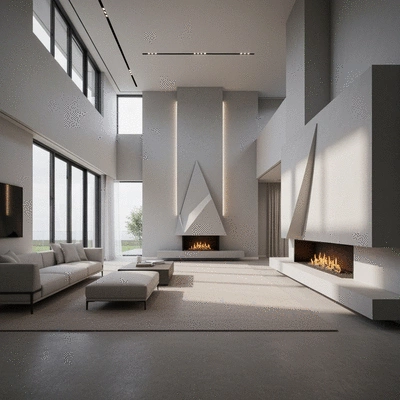
Encouragement to Experiment with Lighting Techniques
I want to encourage you to take the plunge and experiment with the lighting techniques we've discussed. Don’t be afraid to try new angles or settings; every shot is an opportunity to learn and grow as a photographer. Share your results with the Everyday Car Photography community! We love to see how you’re utilizing these tips to enhance your car photography.
Feel free to post your stunning images and connect with other enthusiasts who share your passion. By engaging with others, not only will you inspire and motivate yourself, but you’ll also gain valuable feedback and new ideas to try in your future shoots.
Recommended Products and Gear for Better Night Shots
To help you elevate your night photography, I’ve put together a brief roundup of recommended gear and lighting accessories that can make a significant difference in your shots:
- Tripods: A sturdy tripod is essential for stabilizing your camera during long exposures.
- Portable LED Lights: These can help brighten up dark areas and add interesting effects.
- Polarizing Filters: They can reduce glare and enhance color saturation in your shots.
- Smartphone Stabilizers: Keep your phone steady for sharp images when shooting on the go.
Investing in the right tools can drastically improve your results, so take some time to explore these options. Remember, even affordable gear can yield fantastic results when used effectively!
Final Thoughts on Enhancing Car Photography Skills
As we conclude this guide, I encourage you to continuously practice and refine your car photography skills. Explore new techniques, and don’t hesitate to step out of your comfort zone! The more you experiment, the better you'll become.
Car photography is a journey, and I’m thrilled to be part of yours. Keep shooting, keep learning, and remember to have fun along the way. I can’t wait to see where your newfound skills take you! Let's capture those stunning hero shots together! If you're looking for more inspiration on where to shoot, check out our guide on finding ideal car photo spots.
Recap of Key Points
Here is a quick recap of the important points discussed in the article:
- Recognize and mitigate common issues in low-light photography, such as glare, underexposure, and overexposure.
- Utilize ambient and artificial lighting effectively to create natural-looking car interior shots.
- Stabilize your camera with tripods and remote triggers to achieve sharp images in low light.
- Incorporate various interior lighting options to enhance the visual depth of your photos.
- Experiment with lighting techniques and camera settings to capture captivating headlight trails and details.

